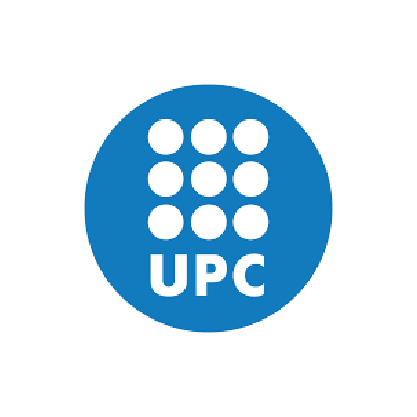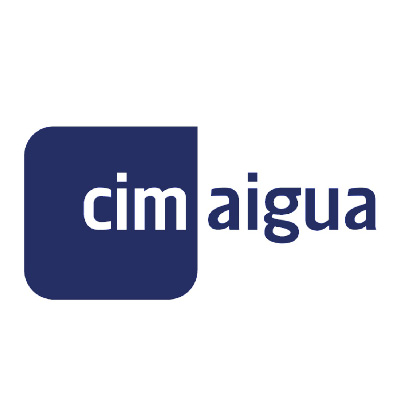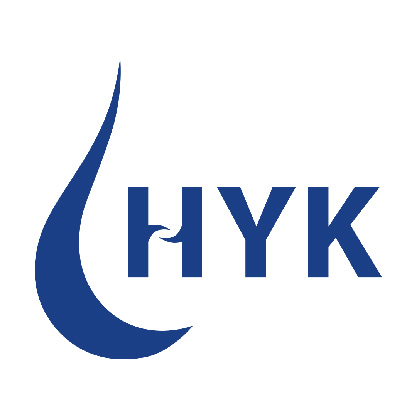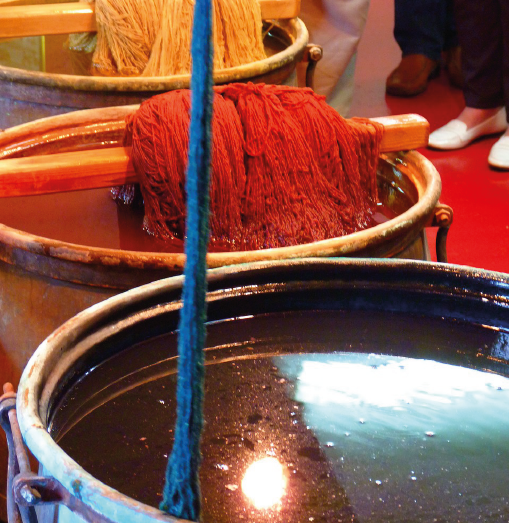
Descripció del projecte
Cellulosic tissue stamping processes (coton, viscose, linen) require the addition of urea to ensure the fixation of the dye on the fiber. The subsequent washing of the staple tissue results in high volumes of colorful sewage and a high concentration of urea that corresponds to high nitrogen content.
The discharge of waste water with a high nitrogen content has a major environmental impact in terms of eutrophication, which is why current legislation limits its discharge and obliges textile companies to carry out intensive treatments in these waters. Today, common treatments involve the application of nitrification-denitrification processes in biological treatment plants with high volumes and with very large retention times, which in many cases require the addition of organic compounds to compensate for the low DQO/N ratio.
This project consists of a study on the technical feasibility and applicability of the combination of different disruptive, efficient and sustainable technologies that will enable a key challenge to be overcome in the textile and water treatment industry, environmental and economic improvement in the treatment of waste water.
The innovative technologies studied in the project can be divided into two main groups: separation technologies (mainly membrane filtration and adsorption techniques) and elimination technologies (electrochemical oxidation, photo-oxidation, specific microorganisms, etc.). In addition, both technologies can be combined to separate urea susceptible to reuse and degrade effluents that due to their characteristics cannot be valued and must be dumped.
Logo del projecte:
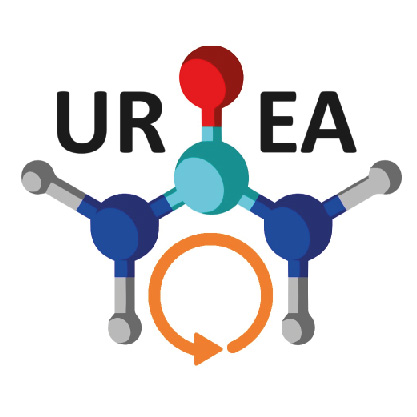
Finançament del projecte:
Iniciatives de Reforç a la Competitivitat (IRC) 2022 – ACCIÓ. Exp_ACE057_22_000018
Objectiu
The analysis of strategies for the recovery of wastewater urea is intended to validate the applicability of innovative combined technologies for the separation, elimination and potential recovery of urea from industrial textile processes.
Període:
| Inici | 01/01/2023 |
| Final | 22/12/2023 |
Coordinador del projecte:
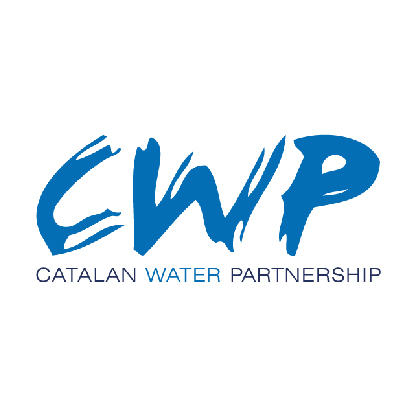
Participants del projecte:
